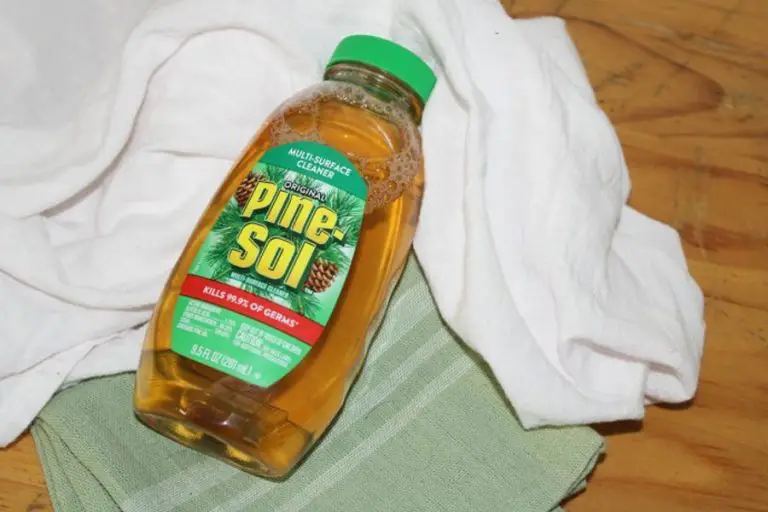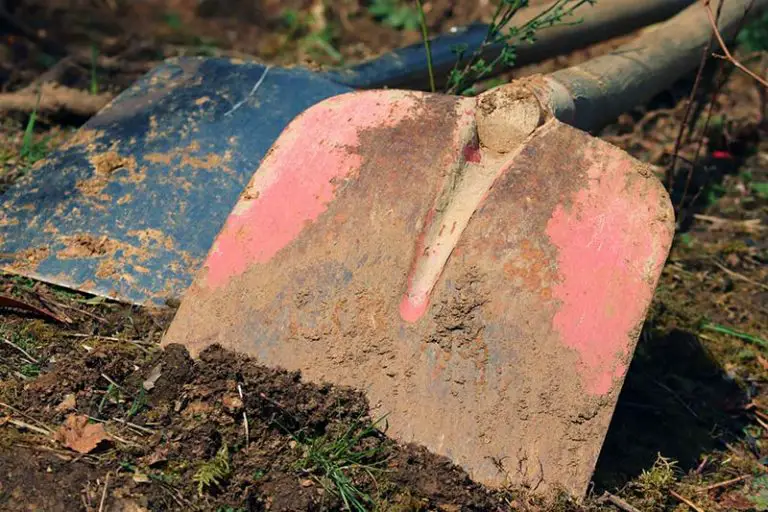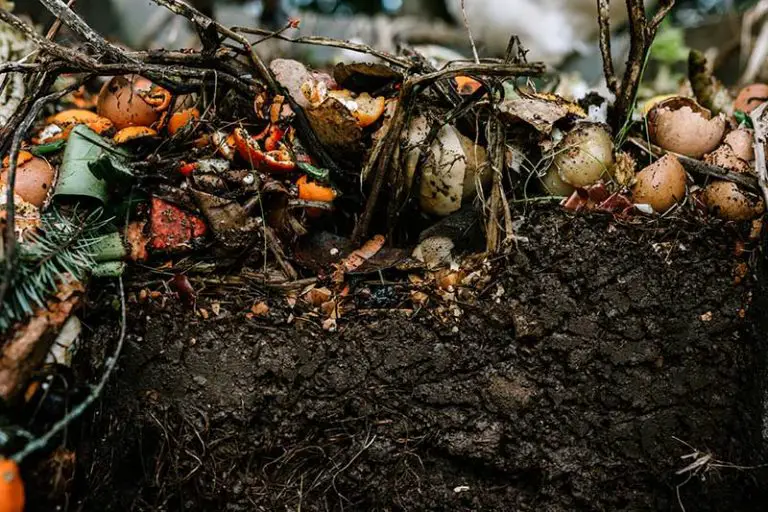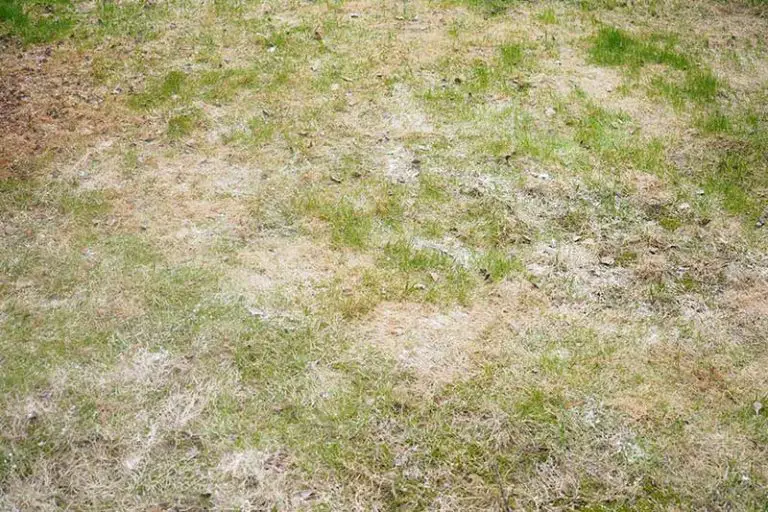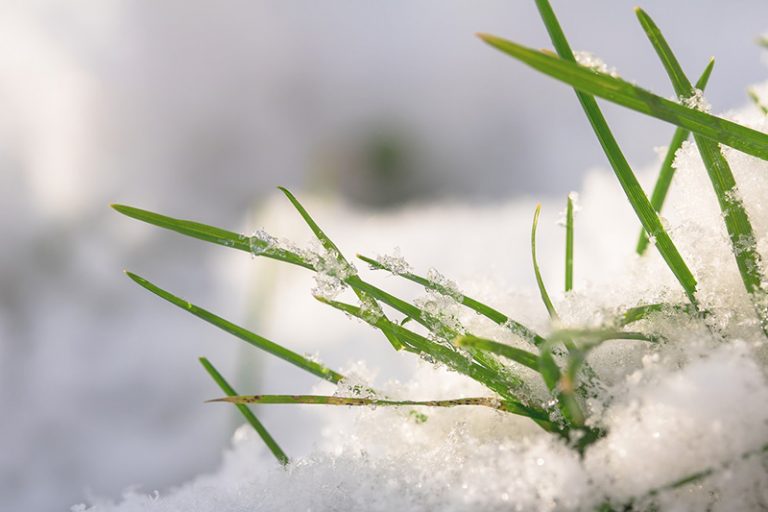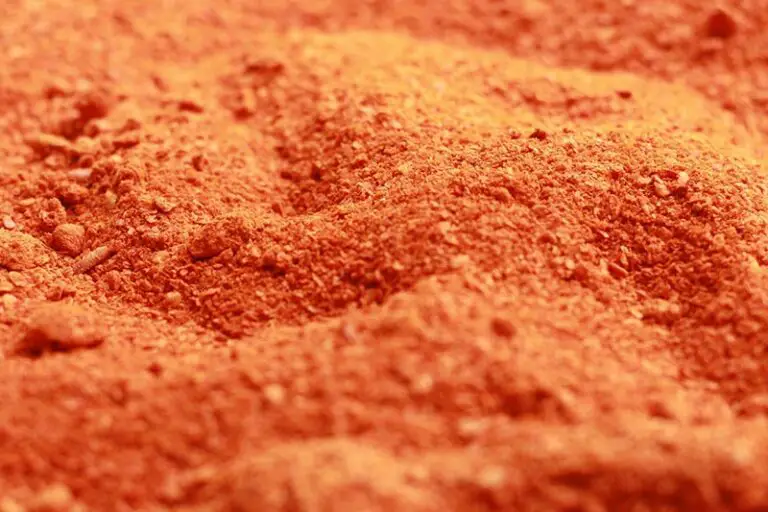How to Manage Fast-Growing Grass
In theory, fast-growing grass is something that you would want on your lawn. However, the quicker the grass grows, the more maintenance is necessary to keep it healthy. Fast-growing grass requires more irrigation, mowing, and fertilization. In other words, you need to invest a lot more time and money into a fast-growing lawn. To slow the growth of your lawn, it’s key to know why your grass is growing fast.
Your grass may be growing fast due to a number of different factors, including your grass species, the growing conditions in your lawn, overfertilizing, or mowing too short or too often. To combat these issues, you may need to replant your lawn, adjust your fertilization activities, and/or mow your lawn taller and less frequently.
What Makes Grass Grow Fast?
There are four main factors that make grass grow fast; these include your grass species’ natural characteristics, the conditions under which your grass is growing, overfertilization, and improper mowing.
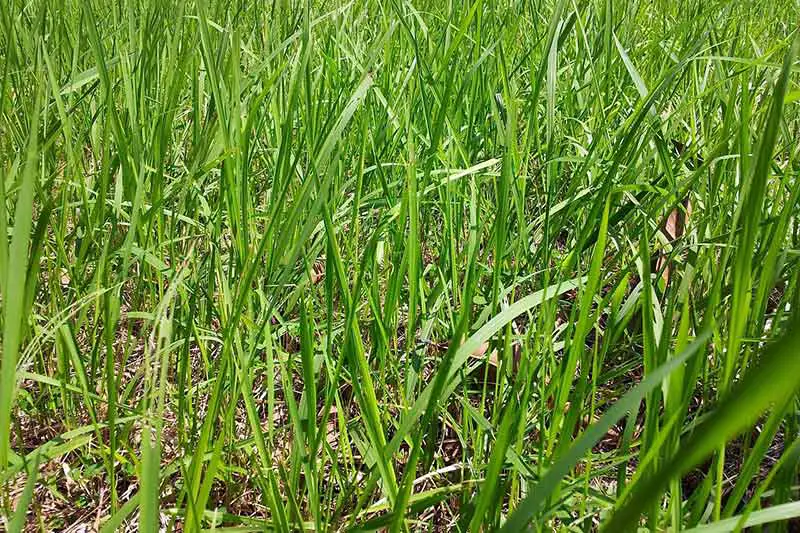
1. The Natural Characteristics of Your Grass Species
Grass species is the biggest determining factor that will affect how fast your grass grows. Different grass types grow at different rates, with each grass type having varying preferences for optimal growing conditions.
Depending on the species, you may notice faster grass growth in some parts of the lawn compared to others. For example, a grass type that is less tolerant of shade will grow faster in parts of the lawn that see full sun; as a consequence, your lawn will appear to be filled with uneven grass growth in these different areas.
If your grass grows fast throughout the entire lawn, it may simply be a matter of having a fast-growing species. The fastest growing grass types include annual ryegrass, perennial ryegrass, Kentucky bluegrass, bentgrass, and fine-leaf fescue varieties. These grasses typically grow at a faster rate than other lower-maintenance grass species.
2. Having Ideal Growing Conditions for Your Grass Species
Beyond its species, there are a number of variable factors that all have an impact on how fast your grass grows. These factors include the time of year, as well as your soil type and its pH and nutrient content. When your grass is growing in the utmost optimal conditions for its species, it will grow fast.
Firstly, the growth rate of your grass will fluctuate throughout the year depending on the climate of your local area and the grass you’re trying to grow. All grass types fall into one of two categories, being either cool-season grass or warm-season grass; these two types of grasses have different growth patterns, growing most rapidly at different times of the year. Cool-season grasses grow fastest during the spring and fall, while warm-season grasses grow fastest from late spring throughout the summer.
Other environmental factors that contribute towards fast-growing grass include soil type, soil pH, and the nutrient content in the soil. The best soil type for grass growing is loamy soil, while clay-heavy soil is the most challenging. Having soil with a sufficient balance of nitrogen, phosphorus, and potassium will further create the ideal conditions for grass growing; the same goes for having an optimal soil pH between 6.5 and 7.0. If your lawn fits all of these criteria, your grass will grow at the fastest rate.
3. Overfertilizing the Grass
Proper fertilization is an essential element of your annual lawn care routine. However, adding too much fertilizer or fertilizing too often will make your grass grow too fast.
All fertilizers contain varying amounts of the three primary nutrients that grass needs to grow; these nutrients are nitrogen (N), phosphorus (P), and potassium (K). The quantities of each nutrient in any given fertilizer are listed as an NPK ratio on the product’s packaging.
Fertilizers with a high (N) number are high in nitrogen, i.e. the nutrient that stimulates blade growth in grass. High amounts of nitrogen will therefore cause your grass to grow fast. If there’s too much nitrogen in the soil, your grass will grow foliage faster than its root system can support. This can ultimately cause your grass to turn yellow or brown before dying off.
4. Mowing the Grass Too Short or Too Often
A suitable mowing schedule is also a key aspect of keeping your grass healthy. If you mow your lawn too short or too frequently, it can stimulate the grass to grow faster.
When you mow your lawn, it triggers a response in your grass plants to grow and add more leaf area. You will further encourage your grass to grow fast by mowing your lawn too frequently and/or too short. Mowing your grass to a taller height is an easy way to slow its growth.
Why is Slowing Grass Growth Beneficial?
The faster your grass grows, the more maintenance it needs to stay healthy and aesthetically pleasing. Fast-growing grass requires you to invest more labor, time, and money into activities like mowing and watering. Slowing grass growth will ultimately reduce the necessity of carrying out these activities regularly to maintain your lawn.
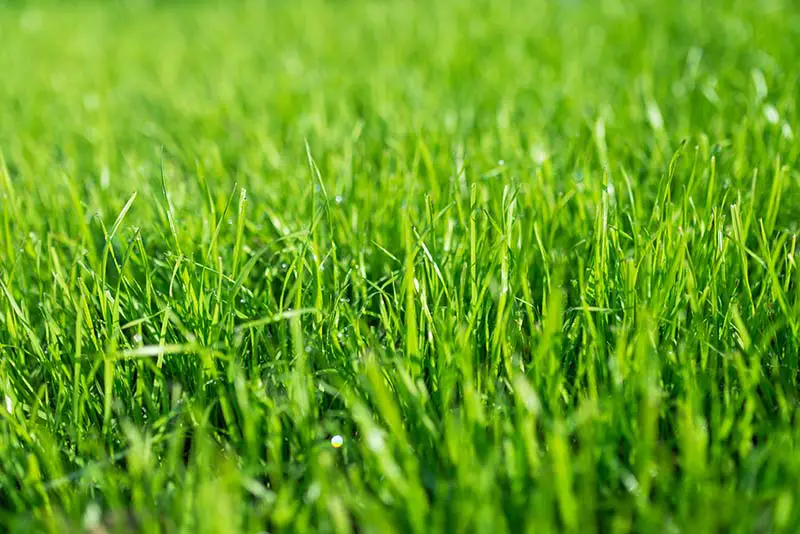
How to Slow Grass Growth
Natural methods to slow grass growth include adjusting your watering and fertilization schedules and mowing your lawn to a taller height. To slow grass growth with chemicals, you can use a PGR, or ‘plant growth inhibitor’. It may be necessary to replace the lawn entirely with a low-maintenance grass type or artificial grass as a last resort.
Reduce Amount of Watering and Fertilization
Both watering and fertilizing your grass will encourage it to grow fast. You can slow grass growth in your lawn by reducing the amount of watering and fertilization you carry out to a minimum.
Fertilization – In terms of how often to fertilize, you should fertilize your lawn no more than 2 to 4 times annually. Only add fertilizer to your lawn during the active growth period for your grass species. Chemical fertilizers, particularly those labeled as fast-release, will trigger rapid growth in your grass; instead opt for a slow-release, organic fertilizer to slow grass growth while meeting the nutritional requirements of your lawn. Choose a product with a low amount of nitrogen to prevent an influx in blade growth after application.
Watering – Most mature lawns thrive when they receive 1 to 1.5 inches of water per week. Remember to factor in any rainfall that occurs during the week, topping up the lawn with irrigation when necessary. You should add this amount of water to your lawn in 1 to 2 deep watering sessions. Your lawn will tell you when it needs water; you will notice the blades of the grass beginning to curl and wilt. You can use these signs to judge when it’s time to irrigate your lawn to keep grass growth slow.
Mow Grass at Taller Height
As we’ve explained, mowing your grass to a taller height will slow grass growth in your lawn. Slowing grass growth is possible by mowing your lawn to the tallest recommended height for its species.
All grass species have their own ideal cutting height ranges. You will first need to identify the grass on your lawn, before finding out its ideal cutting height range. You can then adjust your mowing schedule; only mow as frequently as is necessary to maintain the grass at the upper end of this range. As an additional tip, avoid removing more than ⅓ of the grass’ total height each time you mow.
Treat Grass with Plant Growth Inhibitors
Plant growth inhibitors are a category of commercial sprays that slow grass growth using chemicals. These products are an effective solution if you don’t mind using chemical treatments in your yard.
Plant growth inhibitors contain synthetic hormones that slow grass growth by impacting the growth rate and pattern of the plants. PGRs are available for purchase in most states throughout the US, with the exception of New York, California, and Canada; in some areas, these substances are banned due to the potential for misuse and the health hazards they pose to humans and the environment.
There are two types of plant growth inhibitors; Class A PGRs and Class B PGRs.
Class A PGRs (Class I PGRs) – Class A PGRs contain chemicals that absorb into plants via their leaves. On grass, these PGRs infiltrate the blades and stems of the grass plants.
The chemicals in the PGR prevent the grass plants from effectively producing new cells, thus preventing new tissue development. This will slow grass growth, while leaving the roots, rhizomes, and stolons of the grass plants growing as normal.
In addition to slowing grass growth, Class A PGRs reduce the grass plants’ water uptake and lowers their requirements for sunlight. Your lawn will therefore require less general maintenance to thrive, even under suboptimal conditions. These PGRs have no impact on seed germination or seedling development if you apply them directly before seeding.
Class B PGRs (Class II PGRs) – Class B PGRs work to slow plant growth by limiting the development of root systems. These PGRs must be absorbed by plant roots to be effective, and also work relatively slowly to deliver their results.
You should never use Class B PGRs to slow grass growth in your lawn. When applied to turfgrasses, Class B PGRs can reduce the grass’ ability to repair itself. These PGRs may also make your lawn more susceptible to traffic damage.
Replace Grass with a Slow-Growing Grass Type
As a last resort, it may be best to replace your lawn entirely with a slow-growing, low-maintenance grass species.
Some grass types are fast-growing by nature, persisting to grow even after you take the previously explained measures. Replacing the grass entirely may be the only way to slow the growth of your lawn.
The grass types with the slowest growth rates include buffalo grass, centipede grass, fine fescue, hard fescue, and zoysia grass. These low-maintenance grass types are ideal if you want to reduce your mowing and irrigation efforts to a minimum. You will first need to remove the grass on your lawn using a suitable method; this could involve solarizing the soil, using a sod cutter, or using a herbicide to kill the grass. You can then seed your lawn with a low-maintenance grass species.
Replace Lawn with Artificial Grass
For the ultimate low-maintenance lawn, you could replace your real grass with artificial grass or astroturf.
Unless you live in an area under strict HOA rules, there’s no reason against using artificial grass on your lawn. These grasses are highly realistic, being available in a range of green hues and varying textures. You can thus create a beautiful lawn that feels soft underfoot with no maintenance requirements whatsoever.

